Deskripsi
Pura Tirta Empul dibangun di sekitar mata air suci di Tampak Siring. Selama lebih dari seribu tahun, umat Hindu Bali telah tertarik ke Pura Tirta Empul yang mata air suci dikatakan telah diciptakan oleh Indra dan memiliki sifat penyembuhan. Tradisi ini hampir tidak berubah di pura ini hingga saat ini. Berusia lebih dari 1000 tahun, pura dan dua tempat mandinya telah digunakan oleh orang-orang untuk kesehatan dan kemakmuran karena kekuatan penyembuhan air mata air tersebut.
Sejarah Pura Tirta Empul :
Pura Tirta Empul adalah mitos yang terdapat dalam manuskrip bernama Usana Bali yang mengisahkan bahwa seorang raja Bali yang sombong bernama Maya Denawa tidak percaya kepada dewa dan melarang rakyatnya untuk beribadah kepada dewa. Kemudian hukuman bagi raja itu datang. Prajurit Bhatara Indra datang menyerang Maya Denawa dan mengusirnya dari tahta. Tetapi Maya Denawa menggunakan senjata kimia sehingga semua prajurit Bhatara Indra diracuni sampai mati. Melihat ini, Bhatara Indra kemudian menancapkan tongkatnya ke bumi, dan air pun memancar. Air ini digunakan untuk menyemprotkan prajurit-prajurit yang mati, dan mereka hidup kembali. Maka sumber air ini hingga sekarang diyakini sebagai sumber kehidupan dan kemakmuran. Hal ini terutama benar jika kita mengaitkan sumber air ini dengan sistem irigasi di sekitar area tersebut, karena air ini memberikan air untuk ratusan hektar sawah dari daerah Tampaksiring hingga wilayah Pejeng.
Prasasti tersebut menyebutkan pembangunan Pura Tirta Empul pada tahun 960 M, ketika raja Chandrabhaya Singha Warmadewa memerintahkan hal ini yang sudah 1042 tahun yang lalu. Sepertinya tempat ini tidak menarik bagi raja-raja kuno tetapi pada tahun 1954, presiden Indonesia pertama, Soekarno, membangun vila presidennya tepat di sebelah barat pura. Awalnya sebagai tempat tinggal pejabat Belanda, kemudian digunakan oleh mantan Presiden Soekarno selama perjalanan seringnya ke Bali. Villa ini juga telah membuat nama Tampaksiring menjadi dikenal luas di seluruh dunia.
Pura saat ini sebagai pura umum Bali, tata letaknya dibagi menjadi 3 halaman. Di halaman tengah, dibangun dan halaman pertama dibangun:
* Kolam dengan 13 pancuran, digunakan sebagai air suci untuk upacara kremasi atau memandikan jenazah,
* Kolam dengan 8 pancuran, digunakan sebagai air untuk pembersihan simbolis (pemurnian spiritual), ketika seseorang sakit diyakini bahwa dia terinfeksi kotoran immaterial.
* Kolam dengan 5 pancuran untuk air suci yang digunakan orang dari luar datang berdoa.
Di halaman pertama juga terdapat kolam untuk tempat mandi umum. Jumlah total arca di Pura Tirta Empul saat ini adalah 30 arca, setelah penambahan kemudian oleh masyarakat setempat yang bertanggung jawab atas pura. Upacara dilakukan setiap 210 hari, dan tanggal tetap dapat dibaca dalam kalender Bali.
Ada ukiran batu tua yang dilestarikan di halaman terakhir Pura Tirta Emp...
Catatan
Titik pertemuan atau tempat rencana perjalanan yang akan dukunjungi
Paket menginap terfavorite

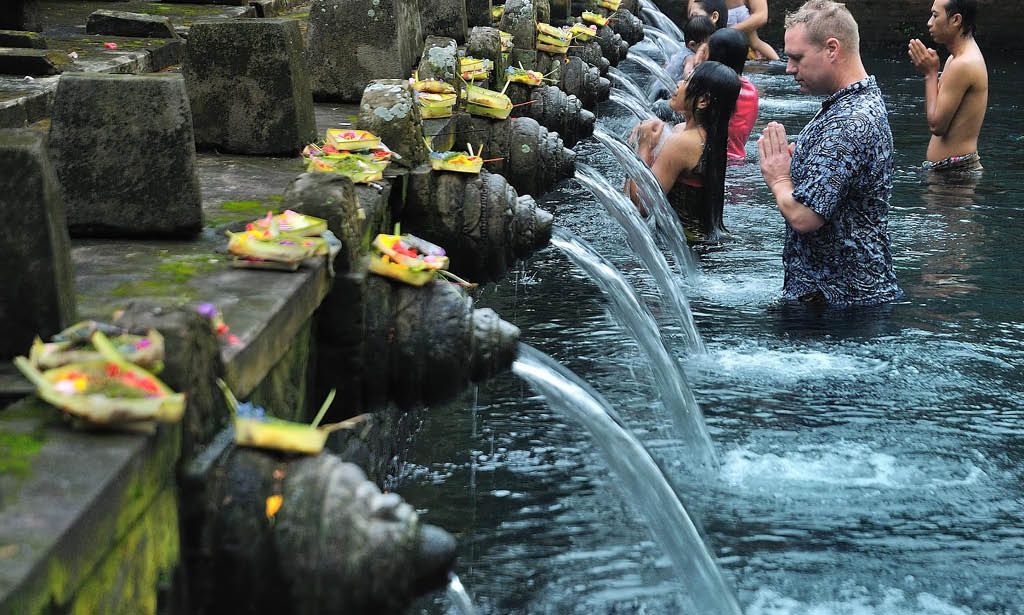
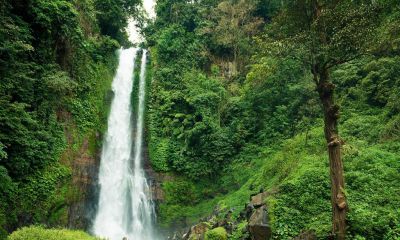

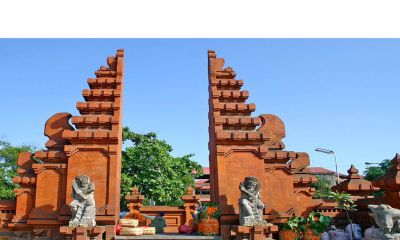
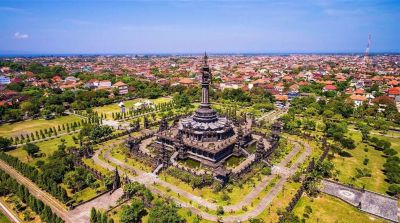

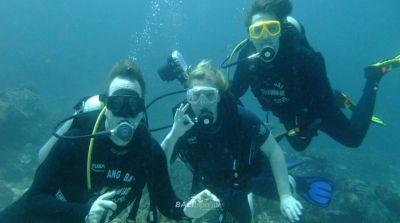





0/5